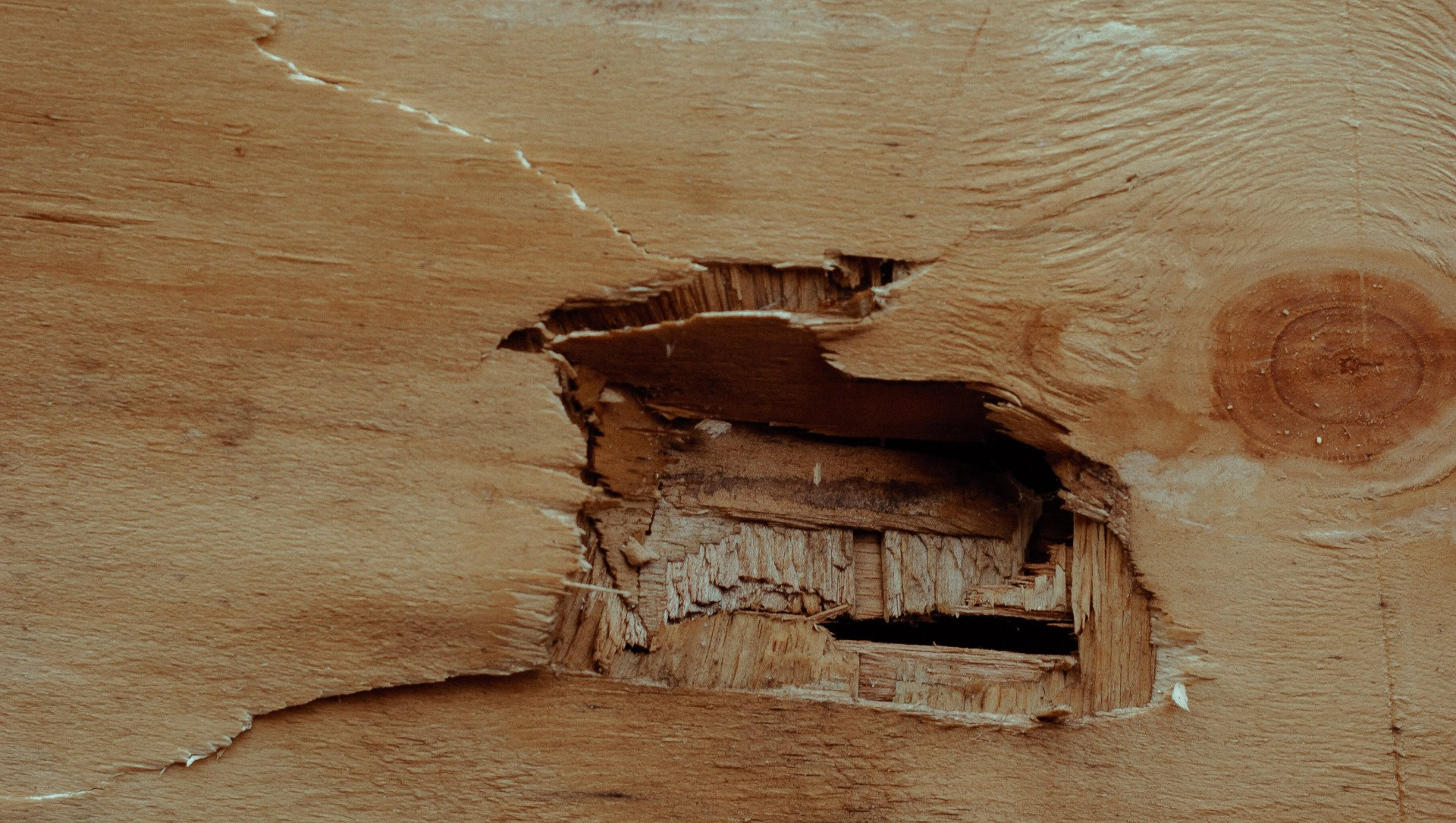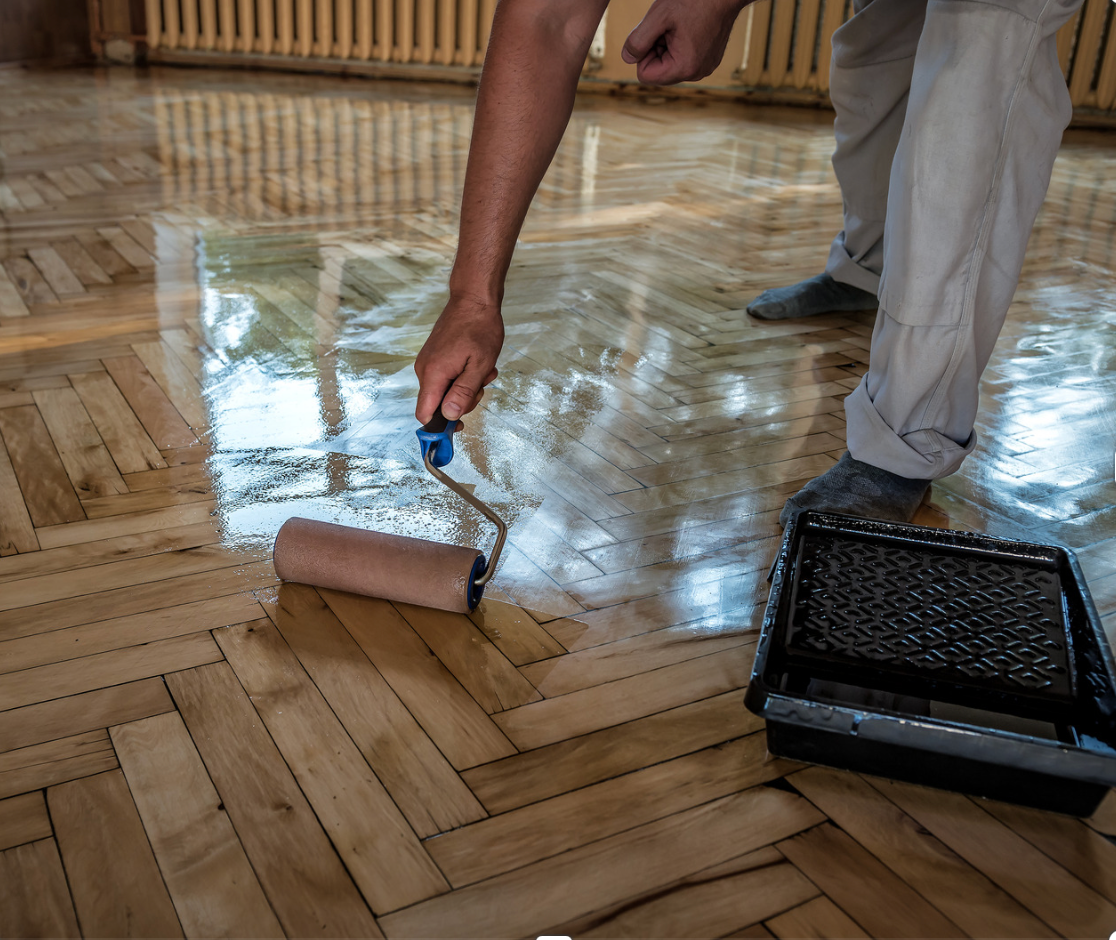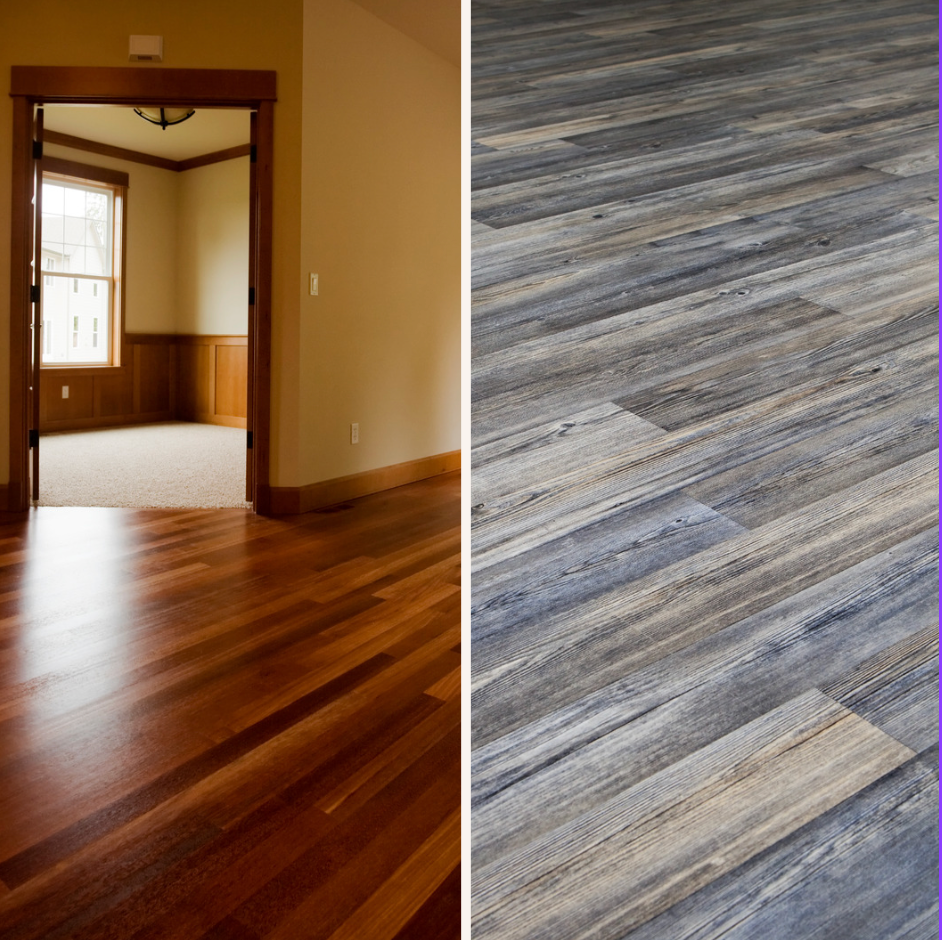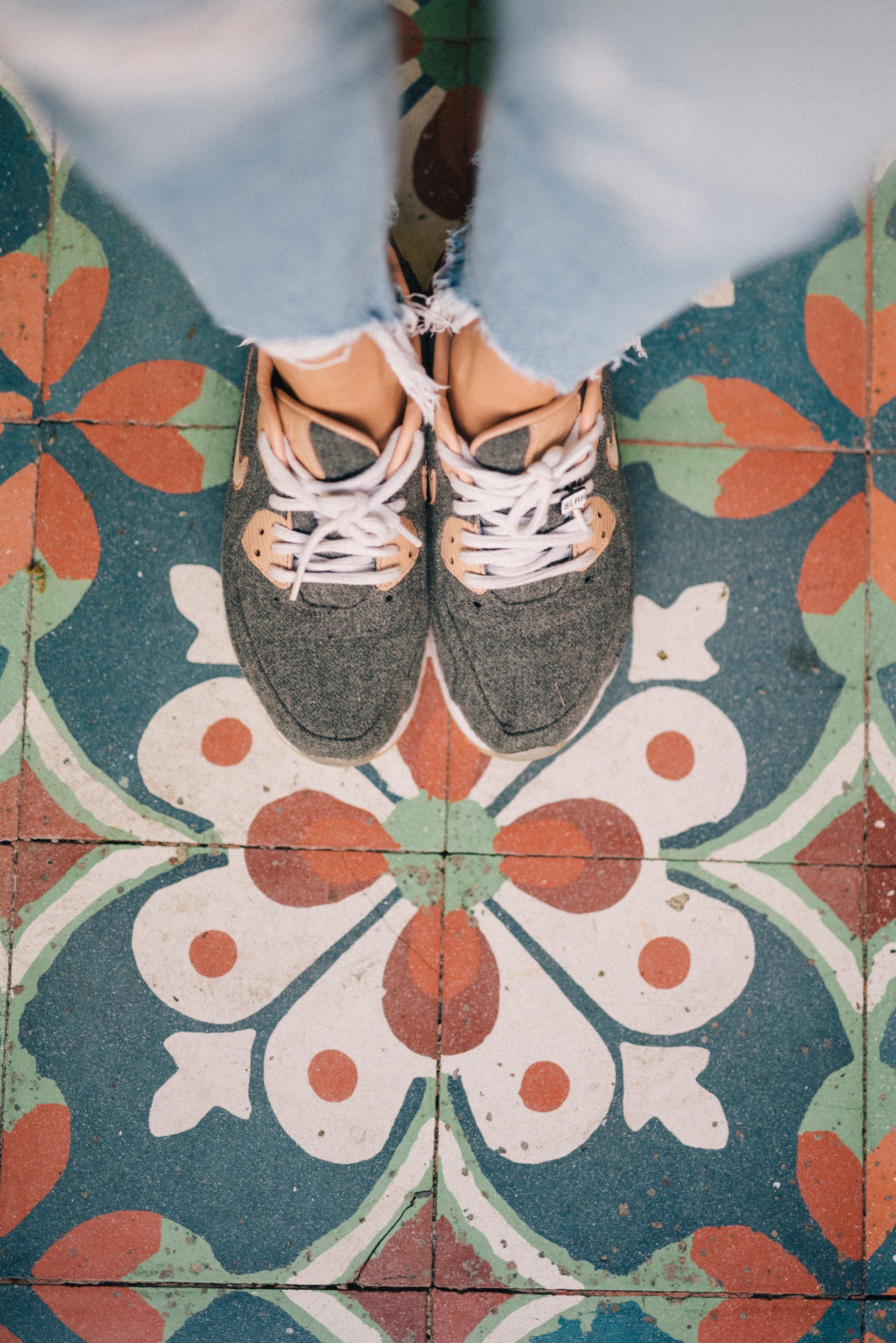Common Types of Floor Damage and How to Fix Them
From stains to cracks, floors damages are always an unpleasant hassle. Read on for some tips and tricks that would ease your flooring damage.

Floor Stains
Floor stains are common on all types of flooring. Sometimes stains can penetrate deeper into the surface of the floor and even form dense patches causing damage. Preventing damage in the first place is the best solution for floor stains. Unfortunately spills tends to be un-avoidable. The best solution for flat floors would be to seal the floor with a solvent based sealer so spills won’t be an issue. This, however, won’t help with carpets. For the stains that have already happened you should use a deep-penetrating cleaner to remove floor stains. Look for one that is gentle enough that it won’t damage the surface of your floor or make any damage worse.
Scratches
Scratches and impact damage is an inevitable and problematic issue for most flooring. Heavy furniture can sometimes leave dents or scratches on the tile. Scratches can also form when the flooring comes into contact with a sharp object or an abrasive cleaner. These problems do not only ruin the look of your flooring but they can also be very harmful for those who walk barefoot. You can prevent scratches on your floors by making sure that when placing or shifting any heavy furniture that it is first lifted completely off the floor and moved to the new spot without being set down on the floor at all. Some people also use furniture moving pads, but these can also scratch your flooring if you are not careful. You can polish already damaged floors with an epoxy/resin sealer. These are often added to floors to help remove the scratch marks and restore your floors surface.
Cracks
Tile and grout cracks can also be common issues with flooring. They may develop cracks for a few reasons, heavy impact, the use of acidic cleaners, improper sealing or installment, and weather damage are some of the most common reasons. When you use an acidic cleaner it can weaken soft grout and lead to grout cracks. Grout and tile cracks should be sealed with a pigmented solvent based epoxy/resin adhesive. After you repair your floor you should seal the grout and then the tile to prevent any future damages. Having a properly sealed floor will not only help with preventing cracks and breaks in the tile and grout it also prevents mold from growing!
Heat Damage
Heat Damage can happen when you place anything hot directly onto the floor. This can cause etching marks or heat damage on the surface. You can prevent most heat damage by placing a coaster or a heat-resistant pad down first. Polishing already heat damaged tile can take away most of the marks. Experts typically use a high-quality clear resin sealer to the floors surface making the heat damage marks less visible. Unfortunately for carpet heat damage cannot be fixed. Typically the whole damaged patch would need to be replaced.
Etching
Etching is another floor issue that can sometimes be cause by heat damage or when an acidic substance penetrates into the surface of the floor. Things like coffee, tea, and vinegar can all easily spill on your floors leading to etching. You may find some whitish spots or stains on the surface caused by acidic cleaners or liquids. Some ways to fix etching would be to never use acidic cleaners to clean floors. In the event of acidic spills never spread the spills to wipe them up. Try to blot it up first then use a soft cloth to wipe up the rest. If your floor surface has been etched the best way to fix it is to use a robust alkaline-based cleaner. If the etching is too deep to be fixed by an alkaline-based cleaner, then you can try to fix it by polishing. Polishing floor tiles with a clear topical oil based product will help remove etching stains and restore your floor.
Hazing
Hazing is another floor damage problem that gives a hazy appearance. It is generally damage under the sealant coat. The most probable reason for this is that the tile was sealed before sealing the grout. The
moisture present in the grout can quickly give birth to mold. This spreads on the tile surface underneath the sealant and appears hazy. Hazing can be prevented by sealing the grout first and then sealing the tile. This removes any possibility of moisture being present in the grout. To fix this you would typically need to redo the whole floor.
Though these are just a few common issues with floors there are several more that can occur. For a professional help to repair your floors, contact us at Brookline Flooring.




